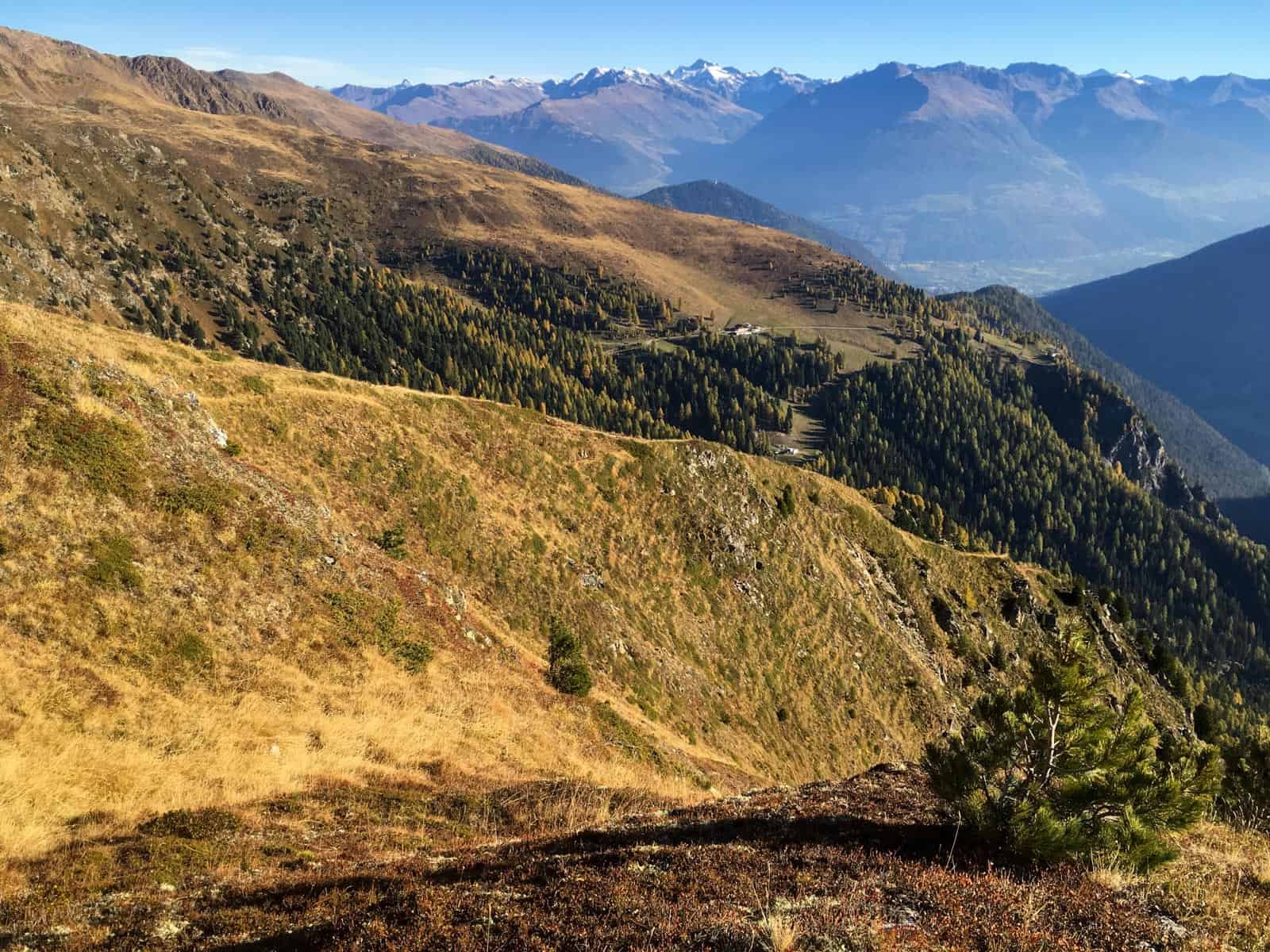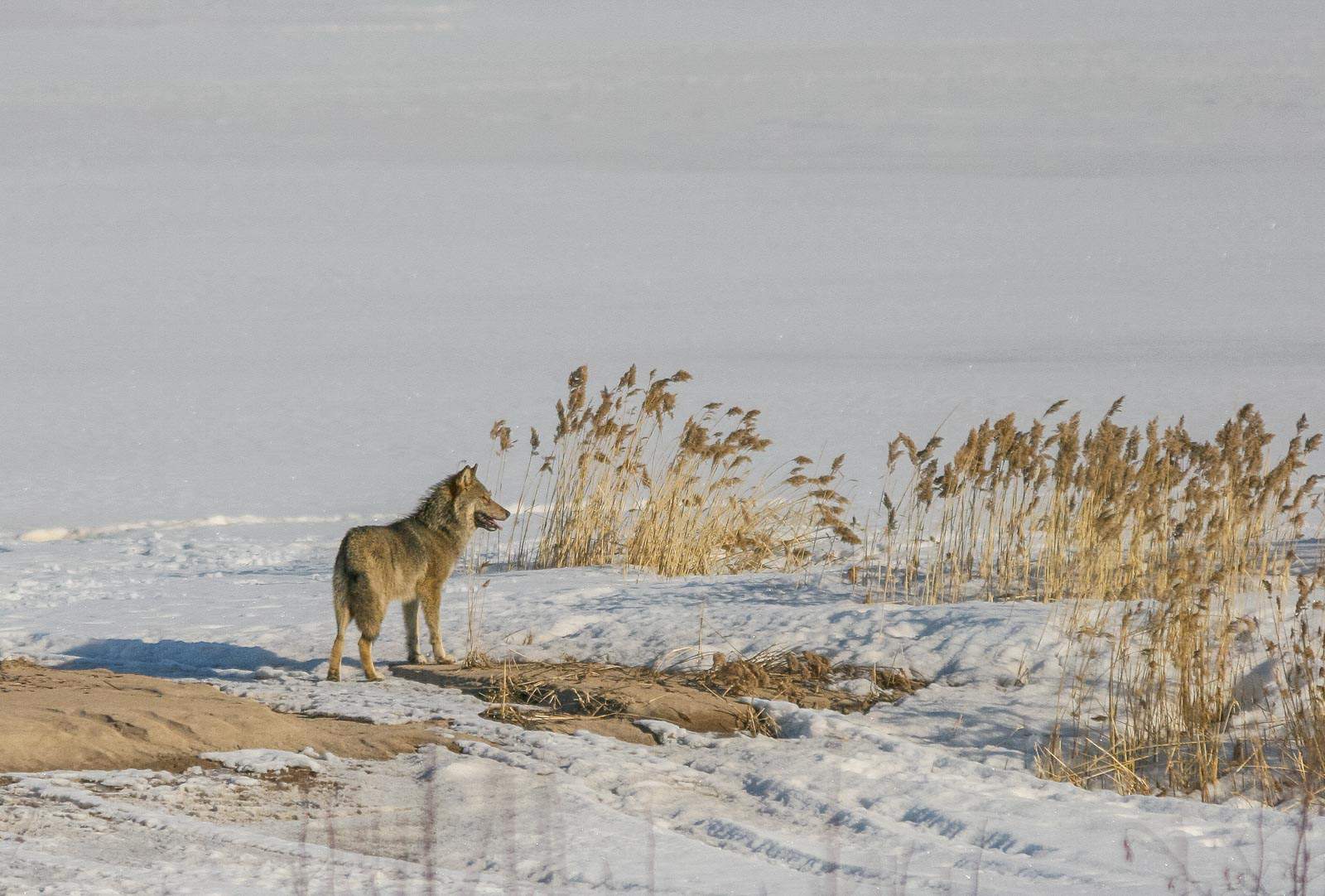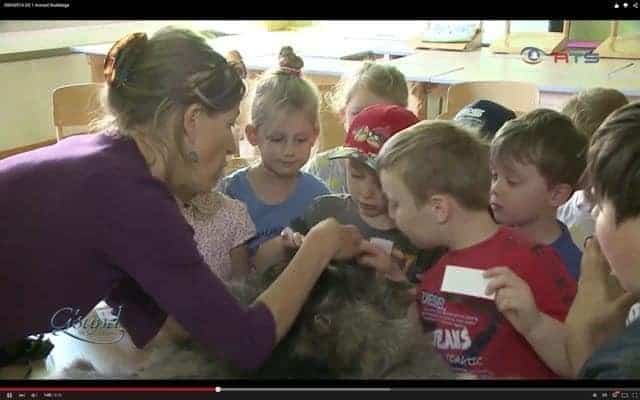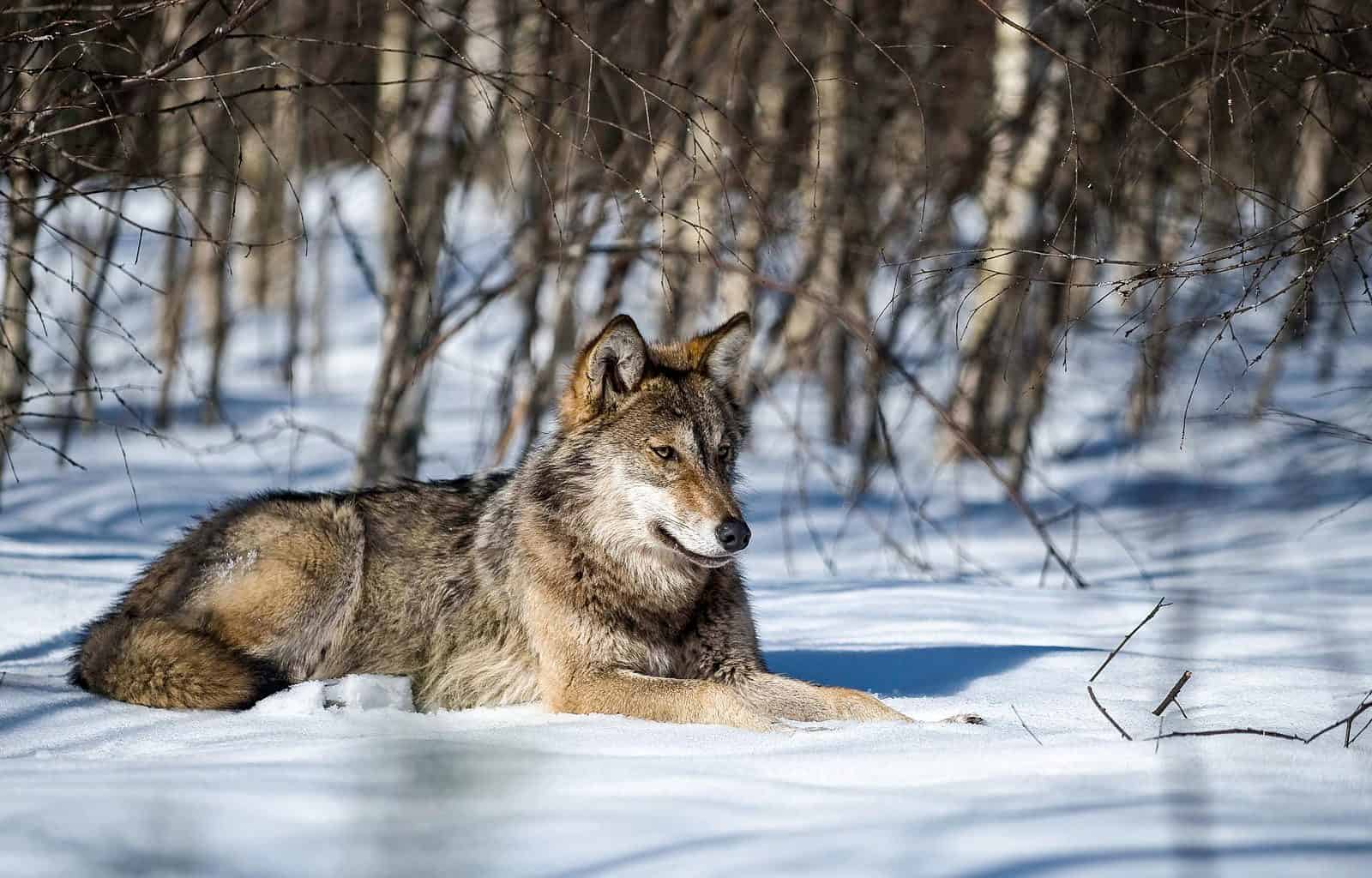Food for livestock
Deforestation of Europe
Europe used to be heavily forested. This has changed dramatically at a time when men occupied this land. The result of his activity was that Europe lost more than half of its forests. This has been primarily due to agricultural expansion and demand for wood fuel.
This process created suitable conditions to keep livestock on open landscape. In the next step, free and easily available food for livestock motivated people even more to intensify grazing.
Growing population of herbivores
Consequences of the forest loss created favourable conditions for growing populations of native but even more of domestic herbivores.
Human activity opened the landscape and provided favourable conditions, particularly for livestock. In this process man provided two major aspects for growing populations of domestic animals: food and shelter.
The man gradually improved conditions even more to increase the number of livestock on this open landscape. A growing population of people requests more livestock to satisfy the needs of people. Livestock became a more and more important source of food.
One further dramatic increase of livestock occurred in that moment when humans started to feed these animals to help them survive difficult periods, such as winter or dry seasons.
Consequences of that processes are that current populations of livestock but also of native wild herbivores, are extremely high, even today.

Paradox of current decades
More people means more food is needed. That, in reality, means a higher number of livestock and intensification of agriculture production is necessary.
It would be logical to expect that also the pressure to gain new agricultural land is going to increase year by year. However, it is true that for the past few decades millions of hectares of meadows, agricultural or partially grazed land have been abandoned.
The slow, spontaneous recovery of abandoned land results in gradual overgrowing by shrubs, later on by forest. Abandoned land is very much concentrated in distant areas, for example in mountainous meadows where intensification would be too costly or the areas are simply too remote.
Conclusion
An extensive part of Europe, originally covered by primeval forest, was cleared and is currently generating an enormous amount of food for people and livestock. This trend was even more rapidly increased when men started to produce food for livestock from extremely large and intensified fields.
Livestock does not only graze on open meadows but also on intensively foraged land. An enormous number of livestock are fed by food produced on the intensively managed agricultural land. This is the way in which men today can feed the current population of people not only in Europe but also in countries on other continents.
Food for livestock is occupying a numerous amount of agricultural land. We Europeans are pretty much used to consume too much meat and are not willing to reduce it. If we did that, the land of Europe would have a bigger chance to recover. Large areas, where the forest was removed in the past, could be recovered by the shrubs and later on by the forest. That would help to stabilize ecological balance on a whole continent.








